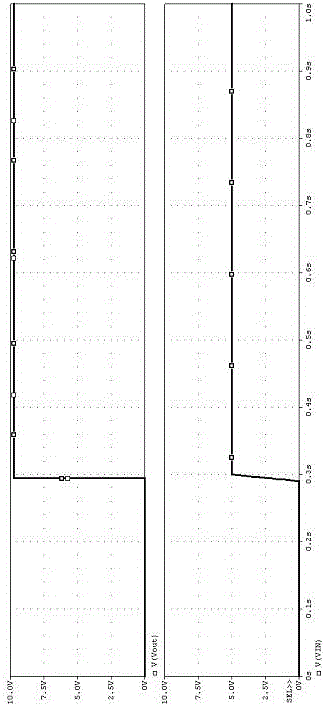Current-limiting protection circuit
A current-limiting protection and circuit technology, which is applied in the field of circuits, can solve problems such as poor practicability, and achieve the effect of preventing excessive current and enhancing stability and reliability
- Summary
- Abstract
- Description
- Claims
- Application Information
AI Technical Summary
Problems solved by technology
Method used
Image
Examples
Embodiment Construction
[0022] The present invention will be further described below in conjunction with the accompanying drawings. The following examples are only used to illustrate the technical solution of the present invention more clearly, but not to limit the protection scope of the present invention.
[0023] The invention discloses a current-limiting protection circuit, which is composed of a triode, a MOS tube and several resistors in view of the large output current of the drive circuit, and can quickly adjust the current overcurrent value according to different load requirements. When the current in the drive signal branch is lower than the overcurrent value, the power drive function is realized; when the current in the drive signal branch is higher than the overcurrent value, the triode and the MOS transistor form a dynamic balance of cascaded negative feedback, so that the MOS The tube works in the constant current region, and outputs an overcurrent signal and a constant current to provi...
PUM
 Login to View More
Login to View More Abstract
Description
Claims
Application Information
 Login to View More
Login to View More - Generate Ideas
- Intellectual Property
- Life Sciences
- Materials
- Tech Scout
- Unparalleled Data Quality
- Higher Quality Content
- 60% Fewer Hallucinations
Browse by: Latest US Patents, China's latest patents, Technical Efficacy Thesaurus, Application Domain, Technology Topic, Popular Technical Reports.
© 2025 PatSnap. All rights reserved.Legal|Privacy policy|Modern Slavery Act Transparency Statement|Sitemap|About US| Contact US: help@patsnap.com



